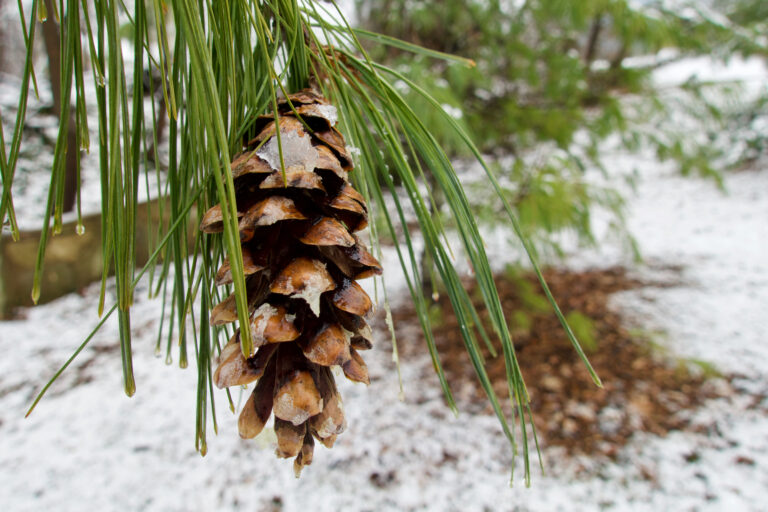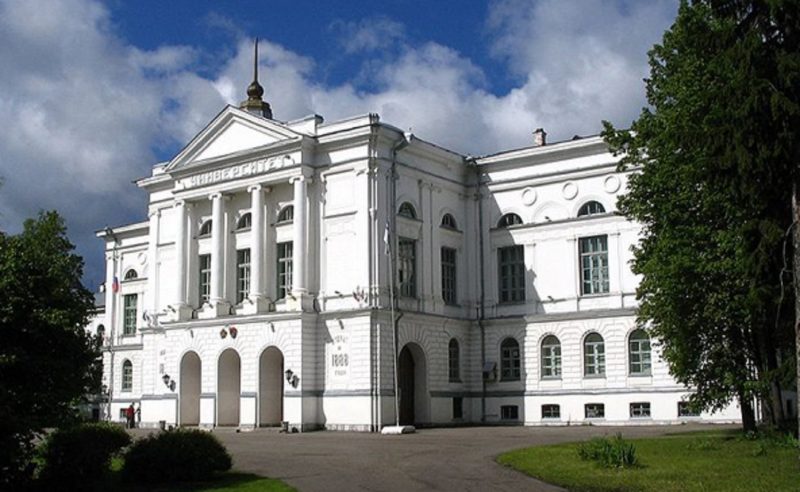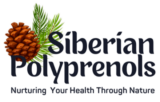SCIENCE


The history of discovery of polyprenols.
Coniferous polyprenols extracts take their roots in the St. Petersburg Forestry Academy – the first special educational institution in Russia, founded in 1803 by the decree of Emperor Alexander I. It was here that in 1929 Professor Fedor Timofeevich Solodky (1900 – 1970), a former graduate, began his work on trees’ extracts. At the start, Professor Solodky was intrigued by the ability of conifers to retain their fresh green color even during extreme temperatures of +40 to -55 ° C. Later on, he became the founder of forest biochemistry – the science of identification, extraction and utilization of “living elements of trees” and their usage for the benefit of human kind.
Expansion of research team.
Professor Asya Agranat (1914 – 1992) joined Professor Solodky in 1939. Together they dedicated their lives to the development of forest biochemistry in Russia and created outstanding biologically active substances such as polyprenols. The first significant results of their research partnership were obtained during the Second World War. The bread, which was given to citizens of St. Petersburg during the 900-days siege, was made from sawdust with the addition of special food cellulose and bioactive pine needle extract produced by Professors Solodky, Agranat and their team. The daily diet of the townspeople also included a glass of water with the addition of the same extract. Lives of hundreds of thousands of residents of besieged city were saved thanks to this life-giving elixir.


Further developments.
60 years after the discovery of polyprenols, its production was taken a step further with help of the most sophisticated extraction technologies for the purification of raw polyprenols. The technology includes multistage selective CO2-extraction, isolation of the prenol fraction, its concentration, separation of cellular structure residues, and last, but not least the quality control of the finished product. To obtain 1 g of polyprenols substance, it is necessary to deliver to the plant and process 500 kg of fresh raw materials (needles of Siberian fir), because the prenol fraction is isolated from the cell sap of the plant itself.
Bodies of scientific format:
Our manufacturing partners Art Life are located in the very heart of Siberia in the city of Tomsk, Russia. Tomsk is rightfully called “The Oxford of Russia” because of its background in science that traces its history back to 1888 when first Imperial Siberian Tomsk State University was opened there with operable faculty-based university clinics. Art Life has some of the most sophisticated production facilities in the country combined with highly qualified personnel which allows them to introduce the latest technologies in the development of exclusive multi-component synergistic formulae that have no other analogues in the world. Since 1997 Art Life has been producing high quality biologically active substances – vitamin and mineral complexes, extracts from plants, probiotics, metabiotics and lysates for human health and skin care.

- FGUN Institute of Toxicology, FMBA of Russia, St. Petersburg.
- Federal State Institution “Educational and Scientific Medical Center” by the Administrative Offices of the President of the Russian Federation, Moscow.
- Medical Academy of Postgraduate Education of the Federal Agency for Healthcare and Social Development, St. Petersburg.
- GUZ “Central Research Institute of Gastroenterology”, DZ, Moscow.
- GOU VPO “Siberian State Medical University of the Ministry of Health and Social Development of Russia”.
- FGU SPb NIPNI them. Bekhterev, St. Petersburg.
- Research Institute of Mental Health SB RAMS, Tomsk
- GOU VPO NSMU of the Ministry of Health and Social Development of Russia, Novosibirsk.
- FGBU Research Institute of Influenza of the Ministry of Health and Social Development.City psychiatric hospital №3 named after I.I. Skvortsova – Stepanova, St. Petersburg.
Research sites that have completed third-party-tests or studies of polyprenols in-vitro:
- Research Institute of Cardiology (Tomsk) – anti-stress, antiulcer action;
- Research Institute of Oncology (Tomsk), Research Institute of Influenza RAMS (St. Petersburg) – antitumor activity, immunostimulating and antiviral effects;
- St. Petersburg Chemical Pharmaceutical Academy, Research Institute of Cardiology – hepatoprotective properties.
- Research Institute of Toxicology – hemostimulating and radioprotective effect;
- Psychiatric hospital No. 3 named after Skvortsov-Stepanov (St. Petersburg) – use for Alzheimer’s type dementia, use in the treatment of chronic alcoholism;
- Research Institute of Hygiene (Novosibirsk) – wound healing and capillary-strengthening activity.
- Conifer Green Needle Complex in Patients with Precancerous Gastric Lesions: An Observational Pilot Study
- Studies of biologically active properties of coniferous chlorophyll – carotene paste. Antimicrobial and antifungal activity – State Medical Academy. I.I. Mechnikov, St. Petersburgb. Effect on bacteria of the genus Helicobacter (a species of Helicobacter pylori) in an in vitro model system – Pasteur Research Institute of Epidemiology and Microbiology, (St. Petersburg). Antimycotic and antibacterial activity against microorganisms of the genera Candida and Mycoplasma isolated from patients with chronic urogenital pathology – Pasteur Research Institute of Epidemiology and Microbiology (St. Petersburg)
Additional research materials of polyprenols:
* The statements made on this website have not been evaluated by the FDA (U.S. Food & Drug Administration). The products sold on this website are not intended to diagnose, treat, cure, or prevent any disease. The information provided by this website or this company is not a substitute for a face-to-face consultation with your physician, and should not be construed as individual medical advice.
